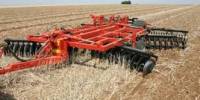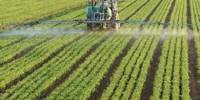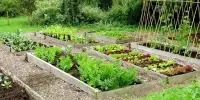Satoyama is a typical, long-lasting rural landscape or ecological system. It is a Japanese name for the area or border zone between mountain foothills and arable flat plain. Sato (里) literally means hamlet, and yama (山) denotes hill or mountain. It evolved over millennia of small-scale agricultural and forestry use. Satoyama landscapes are often a combination of woods, rice paddies, grasslands, and wetlands, and they have been molded and controlled for millennia by human activities such as agriculture and forestry.
There are various definitions of satoyama. The first definition is forest management through local agricultural communities through coppicing. Young and falling leaves were collected from community forests during the Edo era and used as fertilizer in damp rice paddy fields. Villagers also used wood for construction, cooking and heating.
Satoyama landscapes are distinguished by their biodiversity and the coexistence of human communities with the natural environment. These places have historically played an important role in providing numerous ecosystem services, such as food, water, and building materials, while also supporting wildlife and preserving biological variety. Traditional agricultural practices and harmonious interaction with the environment are central to the Satoyama idea.
More recently, satoyama has been characterized not just as mixed community woods, but also as complete agricultural landscapes. Satoyama, according to this definition, is a mosaic of mixed forests, rice paddy fields, dry rice fields, grasslands, streams, ponds, and irrigation reservoirs. Farmers use the meadows to feed horses and livestock. Streams, ponds, and reservoirs play an important role in adjusting the water levels of paddy fields and farming fish as a food source.
The importance of protecting and reviving Satoyama landscapes for ecological protection and sustainable land management has grown in recent years. Efforts have been made to promote sustainable farming techniques and conserve biodiversity in these places while preserving their cultural relevance.
Satoyama is a notion that is not confined to Japan but can be used in similar landscapes all over the world that demonstrate a harmonious relationship between humans and the environment, emphasizing the necessity of sustainable land use and ecological conservation.
















